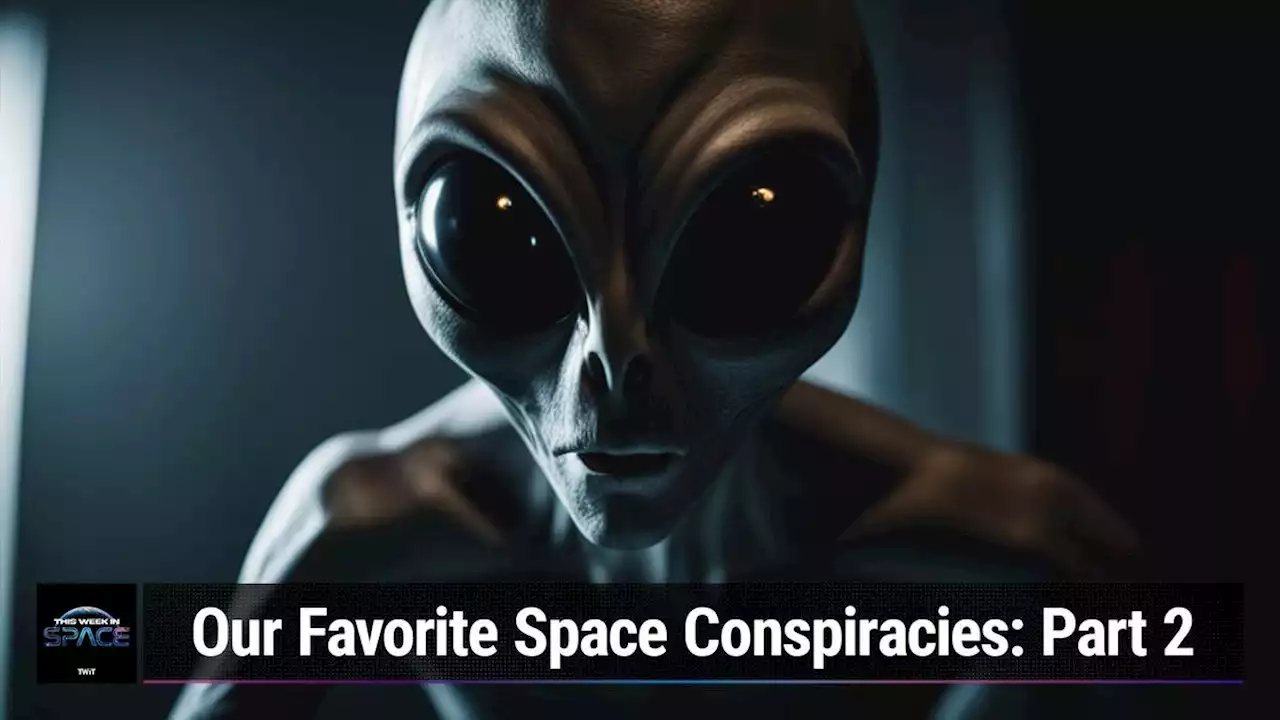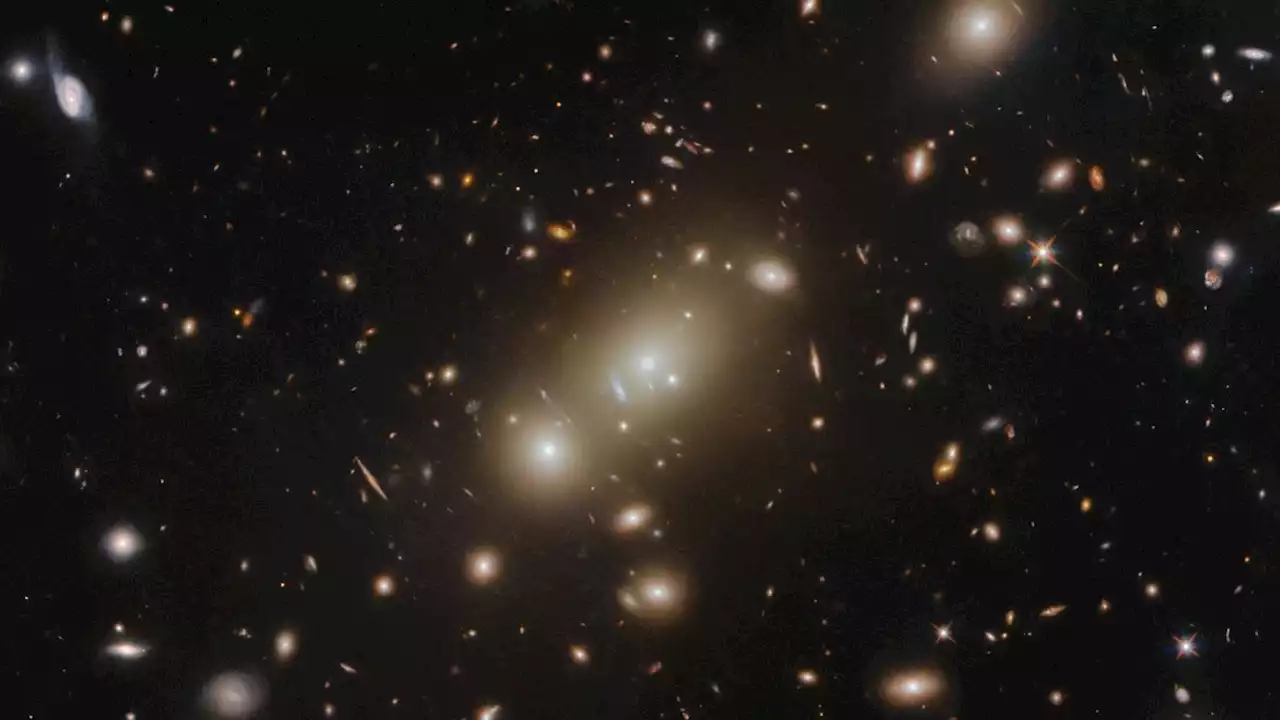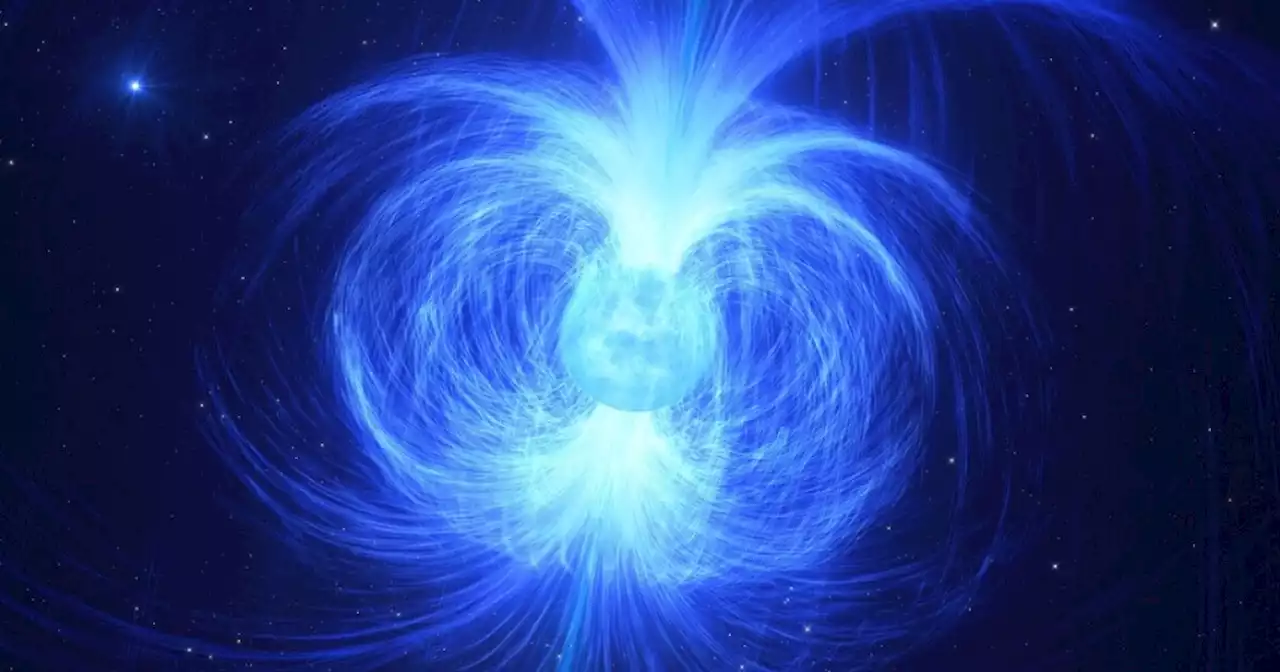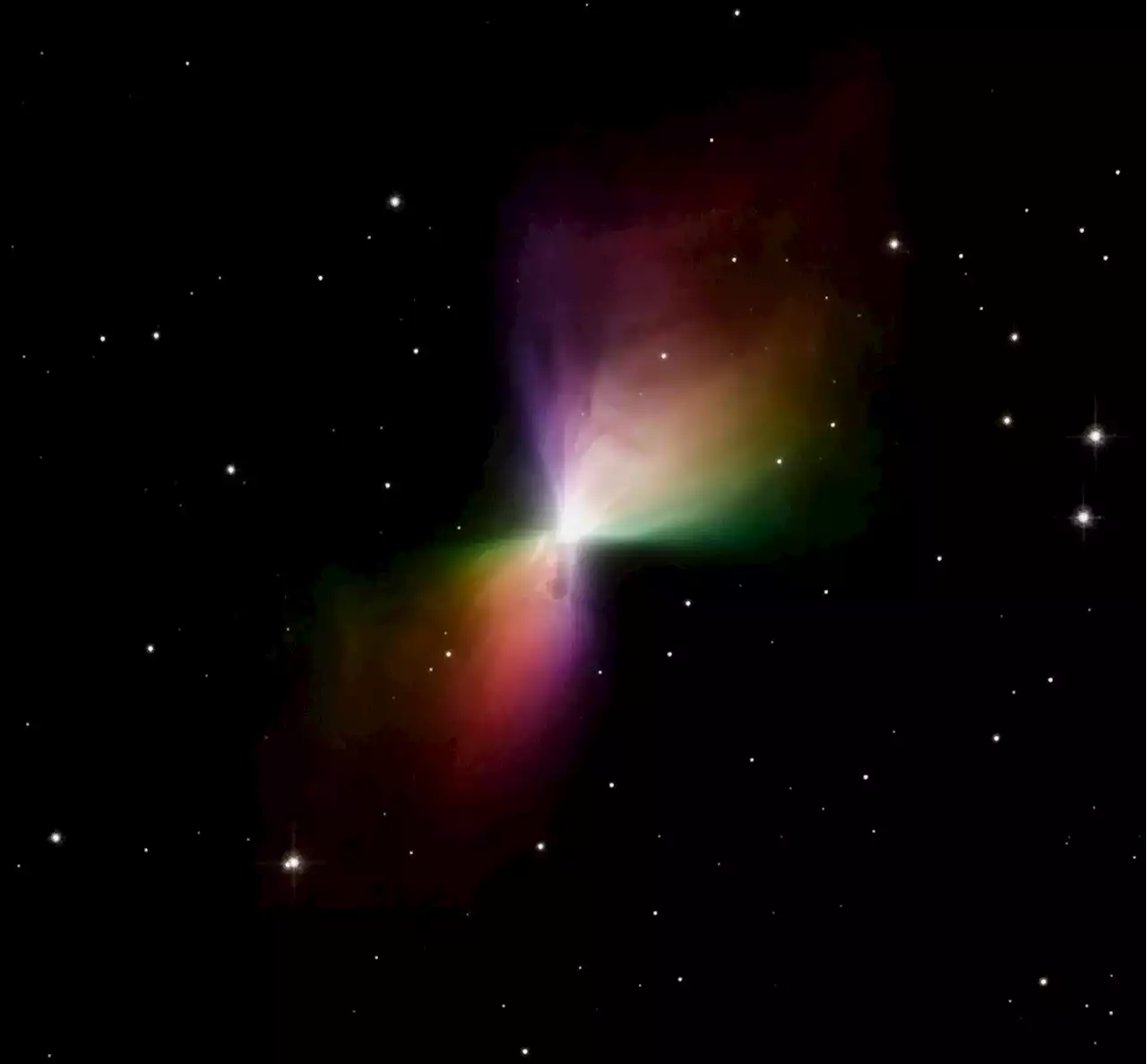Hubble has revealed the intricate details of the Boomerang Nebula, a near-absolute zero temperature nebula 5,000 light-years away, showcasing significant matter ejection over millennia. The Hubble Space Telescope has 'caught' the Boomerang Nebula in these spectacular images taken with the Advance
Stunning image of the Boomerang Nebula, captured by the Hubble Space Telescope, utilizing its Advanced Camera for Surveys. Located about 5,000 light years away, this nebula is near-absolute zero temperature. Credit: NASA, ESA, and The Hubble Heritage Team temperature nebula 5,000 light-years away, showcasing significant matter ejection over millennia.has “caught” the Boomerang Nebula in these spectacular images taken with the Advanced Camera for Surveys.
The nebula’s catchy name is derived from its symmetric structure as seen from ground-based telescopes. Hubble’s sharp view is able to resolve patterns and ripples in the nebula very close to the central star that are not visible from the ground. The Boomerang Nebula is about 5,000 light-years from Earth in the direction of the Southern constellation Centaurus. Measurements show the nebula has a temperature of only one degree Kelvin above absolute zero .Often touted for its unique and symmetric appearance, the Boomerang Nebula has garnered significant attention in the astronomical community and has become an iconic subject for telescopic studies.
One of the most intriguing characteristics of the Boomerang Nebula is its temperature. The nebula is chillingly cold, registering at just about one degree Kelvin above absolute zero, translating to nearly -460 degrees Fahrenheit. This makes it one of the coldest known regions in the universe, even colder than the background temperature of space.
United States Latest News, United States Headlines
Similar News:You can also read news stories similar to this one that we have collected from other news sources.
 This Week In Space podcast: Episode 75 — Our favorite space conspiracies part 2Alan Stern led NASA's New Horizons probe to Pluto, the Kuiper Belt's Arrokoth and beyond. But will NASA keep its funding for more?
This Week In Space podcast: Episode 75 — Our favorite space conspiracies part 2Alan Stern led NASA's New Horizons probe to Pluto, the Kuiper Belt's Arrokoth and beyond. But will NASA keep its funding for more?
Read more »
 Hubble images a museum of galaxies, and some are gravitationally warped (photo)Someday, Abell 3322 could help us learn about the way dark matter permeates galactic clusters.
Hubble images a museum of galaxies, and some are gravitationally warped (photo)Someday, Abell 3322 could help us learn about the way dark matter permeates galactic clusters.
Read more »
 Image: Hubble captures cosmic clusterThe massive cluster Abell 3322 is featured in this image from the NASA/ESA Hubble Space Telescope, in which the galaxy 2MASX J05101744-4519179 basks in the center. This distant galaxy cluster is a cosmic leviathan that is highly luminous at X-ray wavelengths. Observing galaxy clusters like Abell 3322 can advance our understanding of the evolution and interactions of dark and luminous matter in galaxy clusters, and also reveals powerful gravitational 'telescopes' that magnify distant objects through gravitational lensing. Knowing the location of these lenses can enable future observations with both Hubble and the NASA/ESA/CSA James Webb Space Telescope. The galaxy cluster is located in the constellation Pictor, around 2.6 billion light-years from Earth.
Image: Hubble captures cosmic clusterThe massive cluster Abell 3322 is featured in this image from the NASA/ESA Hubble Space Telescope, in which the galaxy 2MASX J05101744-4519179 basks in the center. This distant galaxy cluster is a cosmic leviathan that is highly luminous at X-ray wavelengths. Observing galaxy clusters like Abell 3322 can advance our understanding of the evolution and interactions of dark and luminous matter in galaxy clusters, and also reveals powerful gravitational 'telescopes' that magnify distant objects through gravitational lensing. Knowing the location of these lenses can enable future observations with both Hubble and the NASA/ESA/CSA James Webb Space Telescope. The galaxy cluster is located in the constellation Pictor, around 2.6 billion light-years from Earth.
Read more »
 Massive star offers new details on the most magnetic objects in spaceScientists have focused on magnetars, which are neutron stars that have extremely powerful magnetic fields.
Massive star offers new details on the most magnetic objects in spaceScientists have focused on magnetars, which are neutron stars that have extremely powerful magnetic fields.
Read more »
